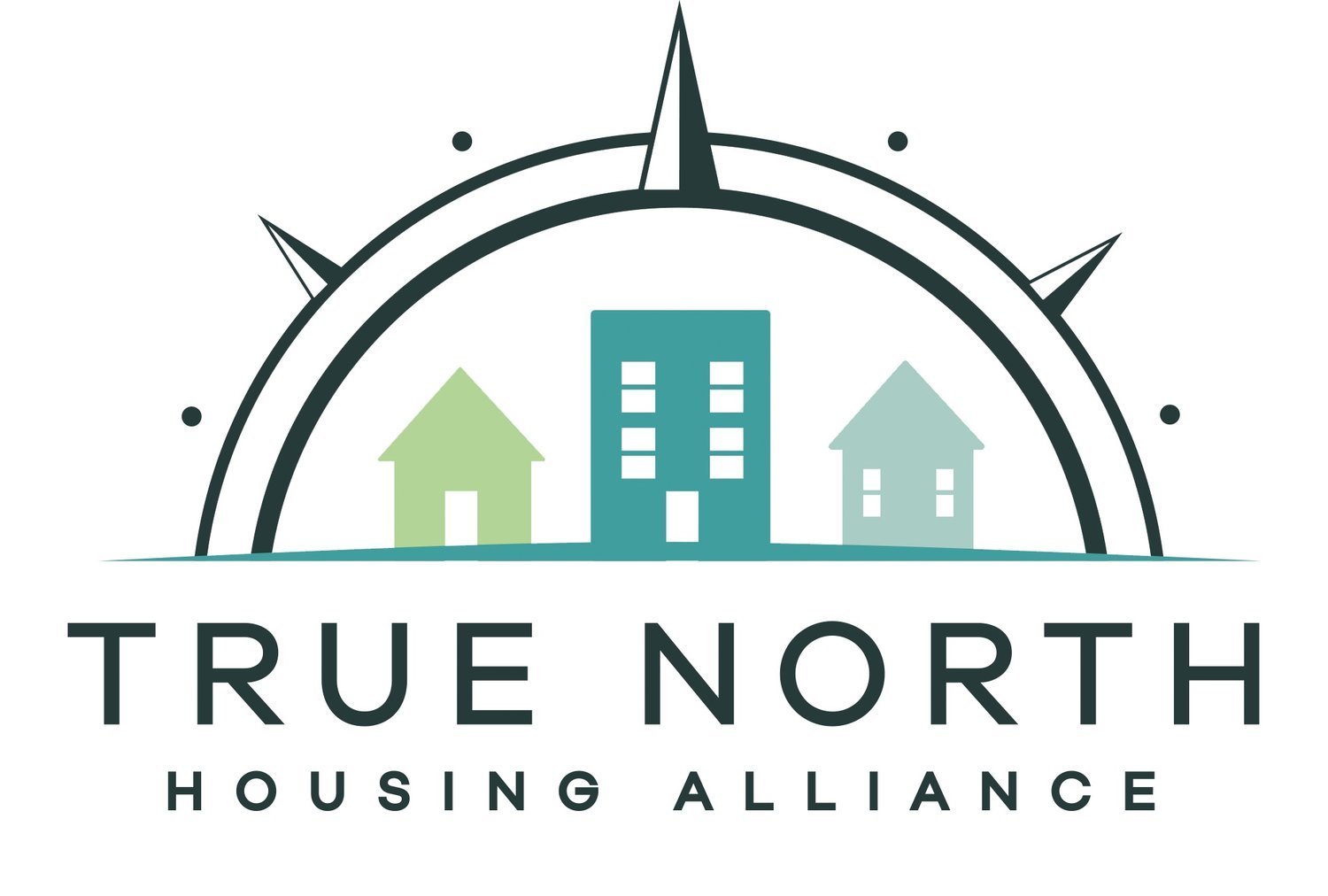Our Individualized Approach to Homelessness
Dear CN&R Reader,
The Board of Directors of True North Housing Alliance (TNHA) would like to thank you for visiting our site. Please take some time to explore our home page where we describe the work we are doing, and our blog, where we share the accomplishments of those we serve.
In this message, we will discuss how TNHA leads the community in providing emergency shelter and the necessary wraparound services to move individuals experiencing homelessness into transitional and permanent housing.
We will also briefly introduce the October 2020 report Expanding the Toolbox: The Whole-of-Government Response to Homelessness created by the U.S. Interagency Council on Homelessness (USICH). According to the report, “the plan shares strategies to increase self-sufficiency and focuses on trauma-informed care by considering homelessness beyond the sole issue of housing to explore the root causes for each individual and family experiencing homelessness.”
By the end of this letter, the reader will understand that TNHA is providing the structure, direction, and accountability to increase self-sufficiency through evidence-based practices.
Our Mission
True North Housing Alliance (TNHA) recognizes that life is an endless experiment and course correction.
The TNHA vision is to bring individuals back to their true path. Our underlining mission is to be the compass—to help guide others to a place of clarity and provide them with a sense of direction.
TNHA’s emergency shelter, the Torres Community Shelter, and our housing programs, including our Aurora North Bridge Housing Program for families, provide participants with guidelines to achieve the best outcomes, case management, and the necessary resources and services in order to move forward.
Compassion + Dignity + Accountability = Our proven formula for success
Housing First
In the last letter to CN&R readers, we discussed the U.S. Department of Housing and Urban Development (HUD) Continuum of Care Program and its goal of ending chronic homelessness.
In 2013, the policy for doing so shifted to prioritizing Housing First as a one-size-fits-all approach.
“Housing First” is defined as a model of housing assistance that is offered without preconditions (such as sobriety or a minimum income threshold) or service participation requirements, and rapid placement and stabilization in permanent housing are primary goals.
The October 2020 report Expanding the Toolbox: The Whole-of-Government Response to Homelessness created by the U.S. Interagency Council on Homelessness provides an extensive discussion on how this one-size-fits-all approach has been unsuccessful and how the policies generated by it have actually led to a significant increase in homelessness.
Unfortunately, California was held up as an example of what happens when a state adopts Housing First as the sole remedy for homelessness. According to the report:
“In California, from 2015 (the year before the State restricted state-funded projects to only housing first) to 2019, unsheltered homelessness in California rose 47.1 percent in four years and overall homelessness (as represented by all five AHAR categories) rose from 115,738 to 151,278, a 30.7 percent increase. It should be noted that beyond the shift to housing first only policies, California’s high costs of housing has also contributed to these increases. California now boasts nearly one in four of America’s homelessness population, even though it contains only 12 percent of the United States population. California’s state-wide prescriptive policy should be considered when understanding the state’s significant rise in homelessness and its significant portion of the nation’s homelessness population.”
Our Data
TNHA has worked diligently to meet the state requirements. At the same time, we have continued to provide the services necessary to address the needs of the homeless individuals and families we serve.
In our 2019-20 fiscal year:
We served 593 distinct guests.
A total of 252 shelter participants were placed in vocational training or employed.
A total of 593 guests were referred to a Butte County Department of Employment and Social Services eligibility worker.
Many guests were connected to mental health and substance use treatment services.
Additionally, a total of 89 shelter participants were placed in housing outside the shelter.
By continuing to meet participants where they are and providing the necessary support, TNHA successfully moves people forward.
Reach Out
The issue of homelessness crosses multiple disciplines. If you have expertise in an area that intersects homelessness (i.e., Policy, Secular Ethics, Environmental Protection, Human Rights, Social Services, etc.) please consider joining us.
In conclusion, TNHA is grateful for the support of our community and we look forward to continuing the conversation.
Sincerely,
True North Housing Alliance Board of Directors

